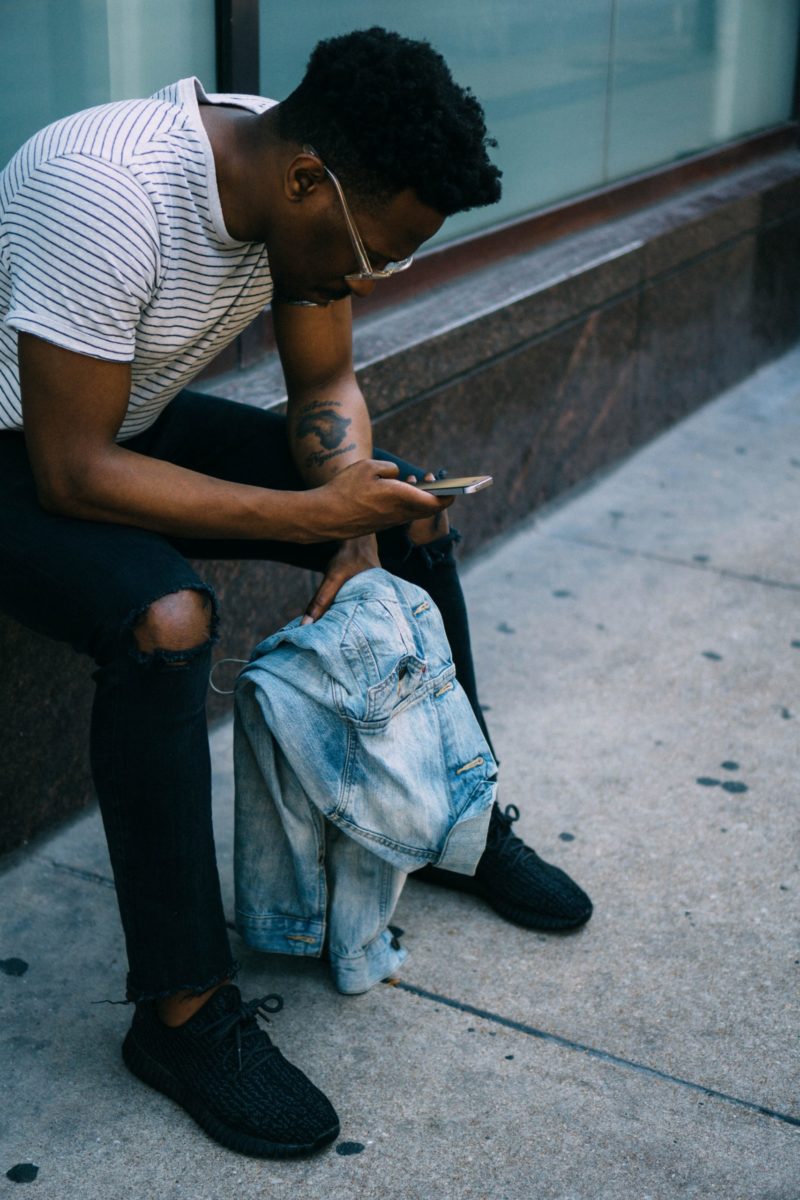Poetry has long been dominated by the literary gatekeepers of the world: the presses, editors, magazines, and journals who decide whose voices are heard and whose are left silent. To their credit, there are currently thousands of magazines and journals just in the United States, and many of them feature marginalized voices and cover important topics such as feminism or focus themed issues on writers of color. While we are currently experiencing a golden age of publishing, there are still many barriers for poets who want to distribute their work into the world.
Several years ago, the world took notice when poets such as Rupi Kaur, Atticus, Amanda Lovelace, and Tyler Knott gained international audiences on Instagram. Magazines such as The New York Times, Rolling Stone, and even The Poetry Foundation covered “the rise of the Instapoet.” Rupi Kaur became the most popular and bestselling author of modern poetry, selling millions of books and touring across countries. Her book, Milk and Honey, even increased the sales of classic poetry.
The phenomenon of publishing on Instagram was termed “Instapoetry” even though these poets were also publishing in traditional presses such as St. Martin’s Griffin and Atria Publishing Group. Because of their success, the publishing industry quickly recognized that Instapoets have changed the way poetry is perceived, read, and distributed.
Read on to discover the benefits of publishing on Instagram and why self-publishing on social media is advantageous to any poet’s career.
SELF-PUBLISHING IS INSTANTANEOUS
The biggest issue that most poets and writers have with literary magazines is how long it takes to get a poem published: from months to even a year. If you submit to a contest run by a literary press, you sometimes have to wait at least six months in order to query about your book, and even then, they may not have decided. To their defense, these independent presses are usually understaffed, and some of them receive thousands of submissions they have to sort through in order to pick just a few to hand to a judge who then takes time to decide the winner.
Literary journals also take months to decide if they want to publish just one or a few of your poems because they are met with the same limitations. And even when your work is accepted, you usually have to go through an editorial process, so releasing only a few poems can be a turtle race to the finish line, while in the meantime, the hares of Instagram are releasing instantaneously.
Sure, Instagram has its limitations: Usually, only short poems do well on the platform because the app’s infrastructure is designed for pictures, and videos can only be 10 minutes of length for regular accounts, so longer work is best suited for literary magazines. But to be successful in the traditional publishing world, you can’t just have talent: You need patience, persistence, and perseverance. Instagram offers a remedy to the hares of the world that can’t wait for years of their life to pass them by while waiting for a “rejection” or an “acceptance.”
SELF-PUBLISHING IS ECONOMICAL
Publishing is an industry that’s set up barriers for low-income writers who are sometimes full-time authors who actually survive below the federal poverty line. Almost every reputable literary magazine or journal charges at least a three dollar fee that goes towards paying their Submittable subscription: which is the engine that runs the submission process. Contests cost more: For example, to submit to the Donald Hall Prize for Poetry, you have to pay 30 dollars. The more you submit to contests, the better chances you have of being published. In other words, the more money you have, the better opportunities you have, which means low-income writers don’t stand a fair chance of being successful. To their defense, the world of independent presses and literature is underfunded, so presses resort to contests and fees in order to function.
Traditional publishing limits its submissions to writers who have ample time to submit. And if you hire an agent then your odds increase. As for the independent literary presses, you don’t just need talent: You usually need to invest in contests, workshops, classes, conferences, and an MFA program in order to establish a career. Publishing and reading on Instagram is free and offers an opportunity to gain an audience without spending your whole salary.
Thankfully, there are also other exceptions to the traditional publishing system. The team at Andrews McMeel Publishing will consider your poetry regardless of your education, background, or credentials. You can submit to them for free, so your income is not a factor. They also take the time to point out what they enjoyed about your poetry and offer words of encouragement.
SELF-PUBLISHING IS MODERN
There’s always been great poetry: The only difference is that now it’s being modernized for the 21st century. Instead of just living in books, poetry is now living on smartphones, television screens, e-books, and videos. It’s inhabiting a world that is common to readers and viewers, and that is the main reason why it’s so popular right now. Instapoetry is a way for literature to adapt to the modern reader.
Many people think Instapoetry is mainstream because it’s relatable. While that is a factor, there are thousands of classic poems that are still relatable and being quoted today: think Rumi or Shakespeare. It’s the fact that most Instapoetry is short and accessible which makes it easy for readers to tune in while commuting or while waiting in line at the grocery store.
Poetry is necessary because it elevates the mundane to something beautiful and shows the magic of being alive. But people have less spare time than they did during Shakespeare’s time period; Instapoetry provides them with art in a way that’s easy, free, and familiar. So embrace Instapoetry because it’s another valid tool for poets to have a voice and share their work with the world.




